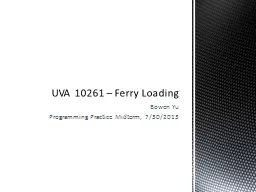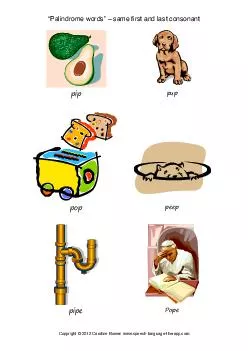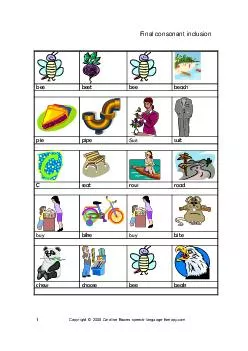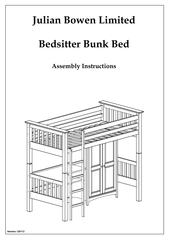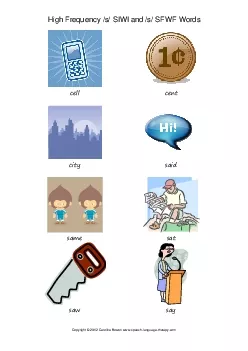PPT-Bowen Yu
Author : tawny-fly | Published Date : 2016-04-13
Programming Practice Midterm 7302013 UVA 10261 Ferry Loading Abridged Problem Statement There is a ferry that has two sides portstarboard Both sides are L unit
Presentation Embed Code
Download Presentation
Download Presentation The PPT/PDF document "Bowen Yu" is the property of its rightful owner. Permission is granted to download and print the materials on this website for personal, non-commercial use only, and to display it on your personal computer provided you do not modify the materials and that you retain all copyright notices contained in the materials. By downloading content from our website, you accept the terms of this agreement.
Bowen Yu: Transcript
Download Rules Of Document
"Bowen Yu"The content belongs to its owner. You may download and print it for personal use, without modification, and keep all copyright notices. By downloading, you agree to these terms.
Related Documents

